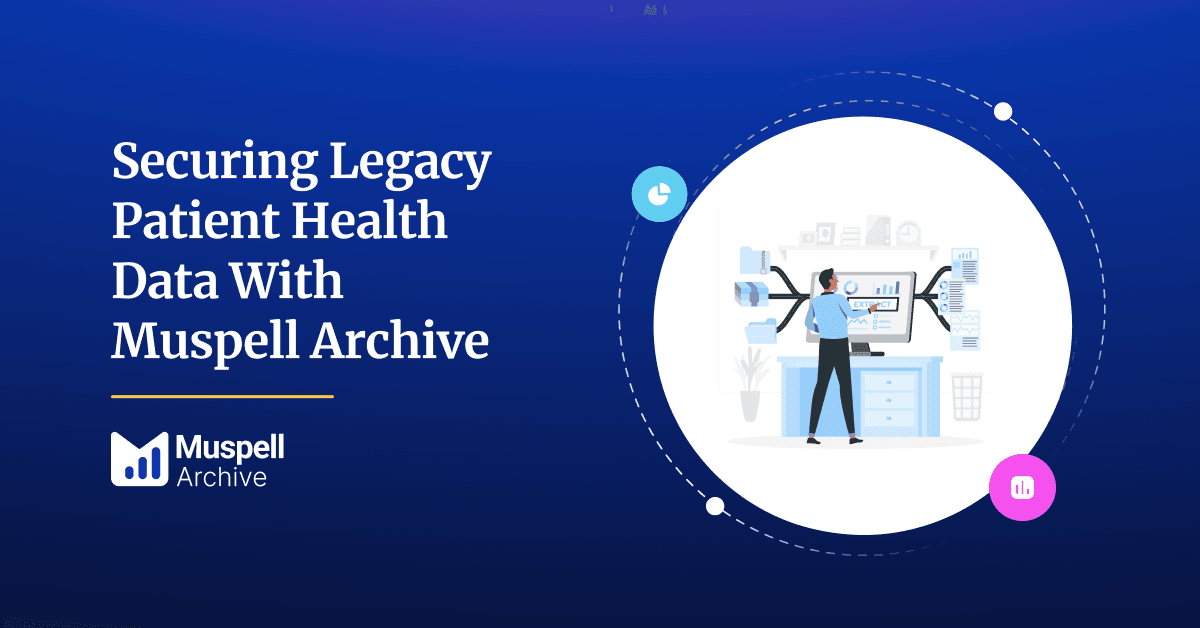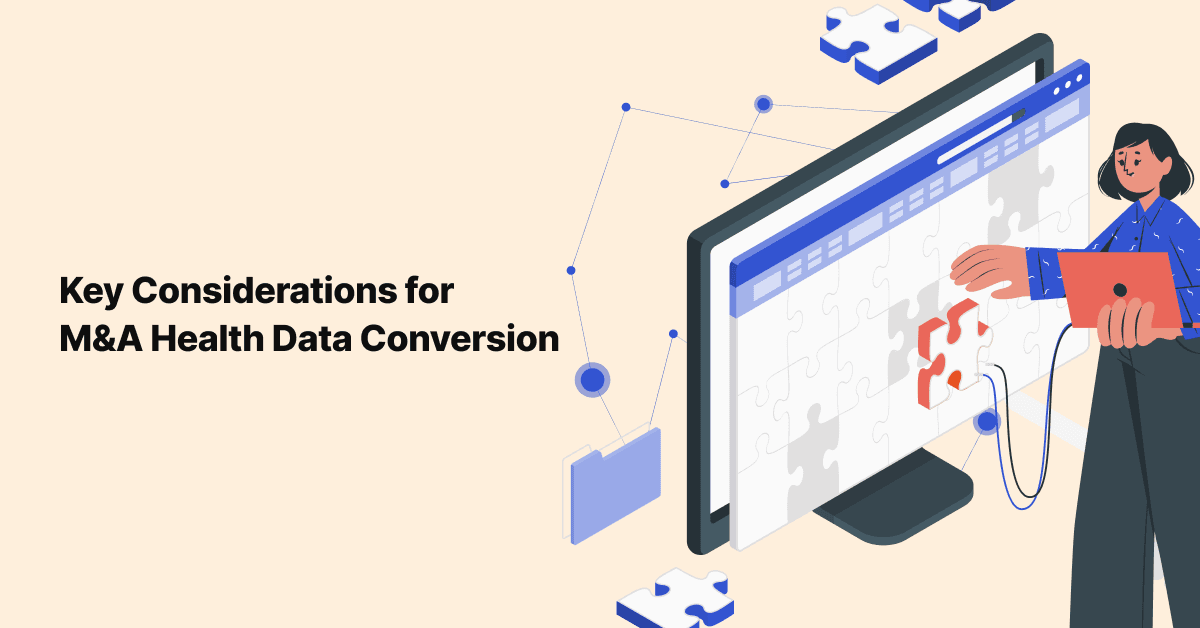
Leveraging Healthcare Analytics Dashboards for Operational and Financial Improvement
The healthcare landscape is characterized by escalating costs and an increasing demand for operational …

Healthcare IT circles have been focused on interoperability for decades now. As EHRs like Epic have become ubiquitous within health systems, the next horizon is always how to best share and exchange PHI with other organizations to better manage patient care and ensure HIPAA compliance. With the passage of the ONC’s 21st Century Cures Act, the focus has shifted to finally overcoming many of the barriers that have lingered in disparate data exchange attempts of the past. In fact, healthcare providers and hospitals are now on the hook (via a certification program) to comply with the Cures Act Final Rule. Now more than ever, health IT partners must have a strategy for delivering on the requirements set forth by the Act, allowing health organizations to finally deliver interoperability that gets us closer to a nationally connected network for patient care.
Today we’ll highlight a few aspects of the 21st Century Cures Act to help shed light on how these efforts move us toward real interoperability in healthcare.
Many answered the call for data exchange among healthcare providers by delivering read-only documents (generally PDFs) to other physicians. In many cases, they resided in the EHR, but they were barely a step up from the fax machine model (and in some cases, more clunky to retrieve than a hard copy in hand). In addition to being a subpar user experience, the reliance on verbose documents as continuity of care tools places even more strain on the already packed schedules of doctors. Two choices were available: skim the document and potentially miss vital information, or read the document thoroughly and chronically run 20-minutes behind schedule. Neither supports the current care delivery realities, so it’s a choice between bad and, well, also bad.
However, interoperability efforts that prioritize discrete data for exchange, parsing relevant data points to their logical place in the EHRs or HIE connected, at long last start to deliver value and efficiency. Instead of rifling through pages of notes, all in various formats or standards, the problems list includes all known problems, the medications list is comprehensive, and it’s no mystery where the patient has been when. Solutions like 314e’s Muspell make delivering ADT (Admission, Discharge, Transfer) information, as a current challenge example, via interoperability standards a reality for health systems, improving visibility to patient activity and encouraging better clinical outcomes in the process (which is really the whole point of the Cures Act).
Because compliance to interoperability standards such as FHIR (which we’ll discuss more in a moment) are still hit and miss, the ability for health organizations to expose a well-constructed API to make PHI and care information readily available to connecting entities and support community-wide interoperability is necessary. There will inevitably be a few providers in a given area that simply don’t have the budget or bandwidth (or even the pressing need, to be fair) to go full blown HL7 in terms of data standards, especially if they’re using a “homegrown” health technology solution. But leveraging an IT partner to develop suitable APIs can support the development of a cultivated, patient-centric record that includes at least a base set of data from across care providers.
We could argue that much of the yet-to-be-realized value of interoperability that persists in the market is because there is still too much variation in payload formats and not as much buy-in to leverage HL7 standards. However, the 21st Century Cures Act gives full-scale interoperability a fighting chance by placing more emphasis (and pressure, really) on healthcare systems to adopt FHIR® standards for data exchange. Not only does this greatly simplify implementations and exchanges, but it allows for scalability at a rapid pace, which is all the more relevant today, having experienced an unexpected global pandemic. We need data, and we need it now. Expecting and adhering to HL7 FHIR® standards is the new normal, as the very nature of the Act is to prevent blockers from obtaining records (by physicians and patients) and exchanging electronic PHI.
Adopting FHIR® data exchange standards is a key way that hospitals can position themselves to be major players in their respective care community, as well as positively influence the push toward comprehensive care records and clinical care transparency as envisioned in the 21st Century Cures Act.
314e’s Cures Act experts will be happy to have a conversation with you to understand more about your needs and provide the most suitable solution. Contact us today.
Join over 3,200 subscribers and keep up-to-date with the latest innovations & best practices in Healthcare IT.

The healthcare landscape is characterized by escalating costs and an increasing demand for operational …

Securing legacy health data integrity using an archival solution isn't just a recommendation anymore; it's …

Healthcare has witnessed a significant increase in Mergers and Acquisitions (M&As) in the last decade. One …